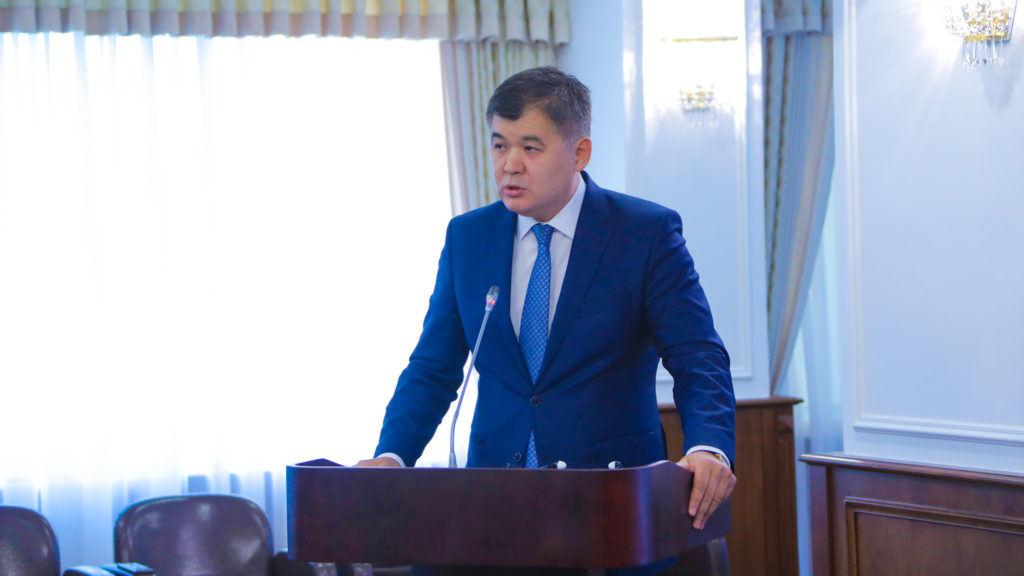ASTANA – More than nine million people visited primary healthcare organisations in six months, reported Kazakh Minister of Healthcare Yelzhan Birtanov during a Sept. 4 government meeting. Approximately five million sought consultations from surgeons, ophthalmologists, neurologists, otolaryngologists and gynaecologists.
Kazakhstan currently has 524 medical organisations providing primary healthcare services, 29 percent of which are private. Primary care facilities have 10,216 districts, where 60 percent of district physicians are primary care physicians, 20 percent paediatricians and 18 percent therapists.
The World Health Organisation (WHO) defines primary healthcare as the first point of people’s contact with a healthcare system meant to provide “comprehensive, accessible, community-based care that meets the health needs of individuals throughout their life.”
As primary healthcare can cover 90 percent of a person’s health needs in his or her lifetime, Birtanov noted providers should be as close to people’s place of residence and work as possible.
Densaulyk (health in Kazakh), the national healthcare programme, envisions measures to bolster primary healthcare coverage for 2016-2019 to improve the country’s primary healthcare, stimulate public health policymaking to prevent and manage diseases at the primary care level and achieve a more effective and financially stable healthcare system.
The programme also includes introducing mandatory social health insurance, which will become effective next year.
Kazakh primary care physicians face a significant load in contrast to Organisation of Economic Cooperation and Development (OECD) countries, whose standards the nation is trying to attain, said Birtanov.
“The number of the population per one primary care doctor in Kazakhstan is 1,950 people, which is 30 percent higher than the OECD figure [1,500 people]. An additional 1,531 districts should be opened in primary care facilities to reach the target goal as part of the Densaulyk programme. This will help reduce the burden for doctors and improve preventive check-up coverage,” he noted.
Last year, decreasing 90 patients per doctor led to an 18-percent increase, or two million additional visits for preventive purposes, he added.
The health workforce, however, is sufficient. As part of the national health programme, by 2019 Kazakhstan seeks to increase primary care financing to 40 percent of the total expenditure on health from the current 28 percent, expand the number of general practitioners to 26.6 percent of the total number of physicians from the current 21 percent and increase the density of primary care facilities to 6.5 per 10,000 population from the current 4.5.
Birtanov also spoke about measures to improve the quality of health services.
“First is training doctors and nurses for quality examination and treatment of patients and replacing basic consultative and diagnostic services. Second is introducing a new model of the guaranteed free medical package and mandatory social health insurance system. Third is improving primary care infrastructure, including building primary care centres with a public private partnership mechanism located close to one’s place of residence,” he said.
The updated guaranteed package of free health services will cover primary care, which currently represents 43 percent of visits, emergency cases, vaccinations and prevention and treatment for certain diseases such as HIV and tuberculosis.
The new mandatory social health insurance system will include other primary, ambulatory and inpatient services and medicines not included in the package.


